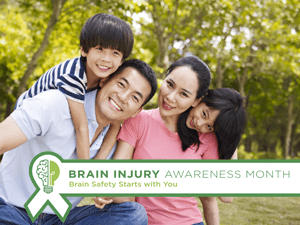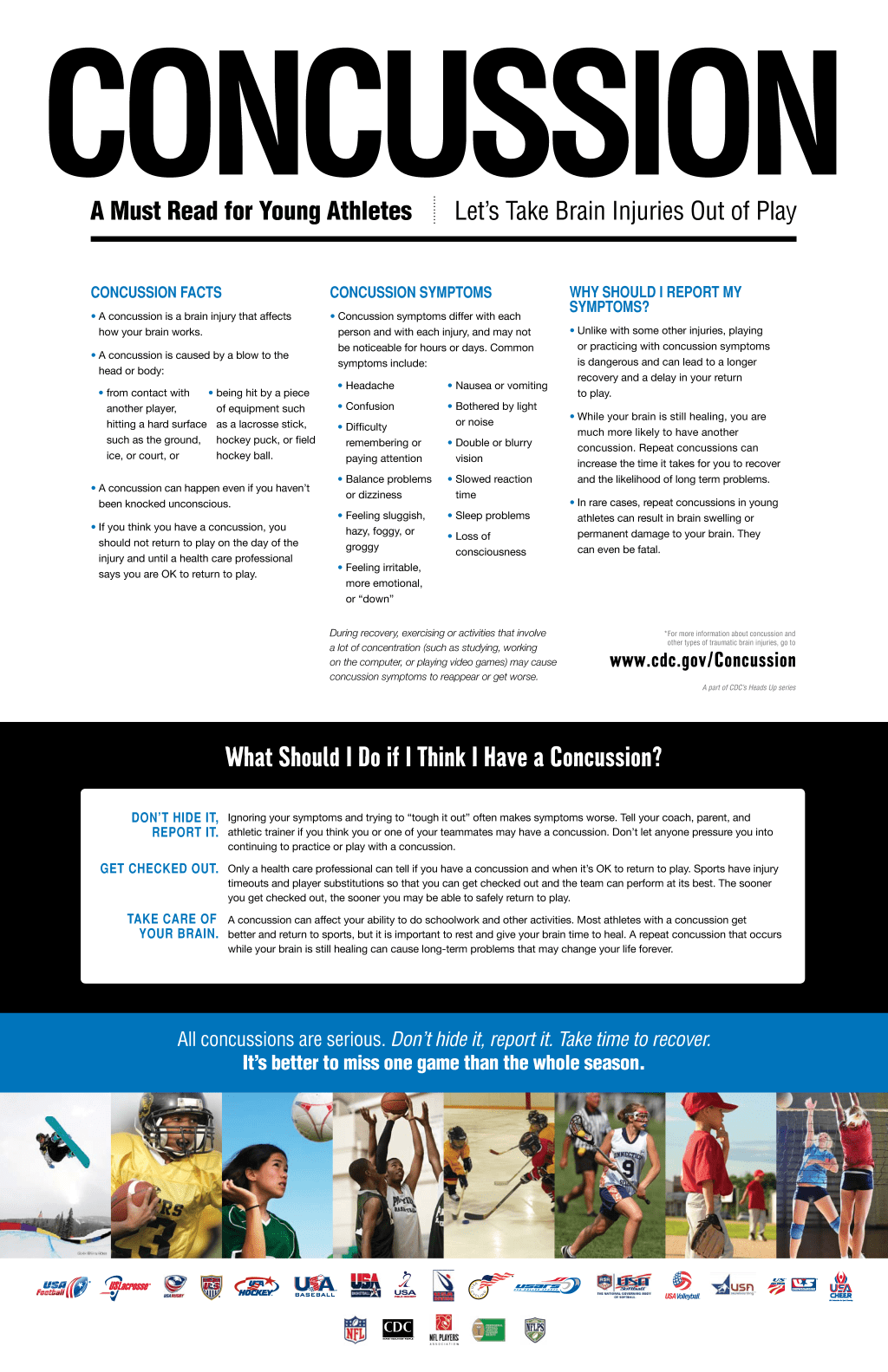Returning to Work
Source: Stroke and Traumatic Brain Injury (TBI) Magazine by Walter Kilcullen: September 2022 Volume 4, Issue 5
This article is a reprint from the Law Firm of Davidoff & Associates (May 7, 2021).
Tips for Returning to Work After Sustaining a Brain Injury
For many people, work is part of their identity — something that makes them feel productive and empowered. After an individual sustains a brain injury, they may be out of work for an extended period of time and eager to return as soon as possible. However, they may be left with certain symptoms that may make it difficult to function at work; for instance, they may experience:
- Fatigue and headaches
- Poor concentration and memory
- Difficulty making decisions
- Decreased self-awareness
- Social isolation
While a long absence from work and the ongoing effects of a brain injury can be overwhelming, we’re here to tell you that returning to work is possible with the right support and proper planning. Here are five essential tips to remember during this process.
Don’t Go Back Before You Are Ready.
While you may be eager to get back to work as soon as possible, you should not go back before you are ready. Doing so could just hinder your physical and emotional recovery. Depending on the type of work that you do, you may also be at increased risk of worsening your condition if you try to get back to work too soon.
Always check with your doctor before you make any changes to your lifestyle or daily activities. If you are thinking about returning to work in the near future, your doctor can help guide you through the process and craft a timeline that would be the safest for your specific condition.
Stick to a Schedule That Works for You.
Developing a routine both at work and outside of work can help you become accustomed to everything new going on in your life. This schedule should include seven to eight hours of sleep a night, some form of regular exercise, and healthy eating habits.
While you are at work, set timers and reminders for yourself that allow you to stay on track of your specific work. Try to complete each task in the allotted time you give yourself, but remember that you’ll want to be flexible with yourself as you relearn how to do certain things. Take copious notes throughout the day to reinforce work details in your memory.
Listen to Your Body and Know Your Limits.
Having a positive, go-getter attitude when it comes to work can help many people succeed at their jobs. However, it’s important that you also be realistic about what your limitations are so that you don’t push yourself too hard. Remember, your health and safety come above all else—including your job.
If you need help or clarification with something, don’t be afraid to ask your employer or your co-workers. In most cases, they will want to make sure that you are not struggling and will want to assist you in any way that they can.
Communicate With Your Employer.
You are not required to disclose any medical or health conditions to your employer. However, keeping them in the loop in regards to your recovery timeline and your own limitations can help them properly plan to have you back in the workplace.
For instance, if you require any type of accommodation, it’s a good idea to communicate with your employer in advance. When you are returning to work after a brain injury, your doctor may way you to:
- Work shorter shifts or have a modified work schedule.
- Take more breaks during your shift.
- Have a quiet place available for you to go away from the pressures of your job.
- Have modified workplace equipment or devices.
At Davidoff Law, we understand the obstacles you may face after sustaining a brain injury. Our legal team is dedicated to protecting the rights of those wrongfully injured so that they can move forward with their lives, all while treating each client like family.
Contact our firm at (888) 211-1116 to get started with your no-fee, no-obligation case review. Our office is located in Queens and we serve all the boroughs of NYC and clientele.















